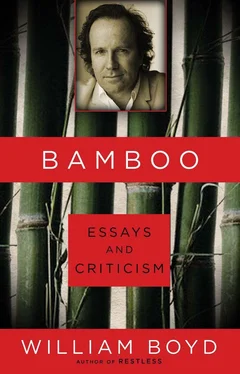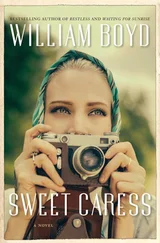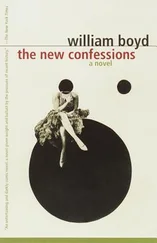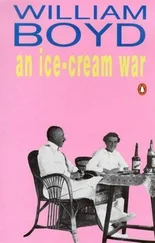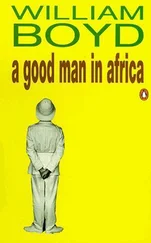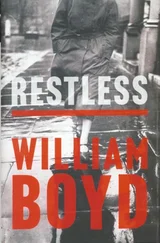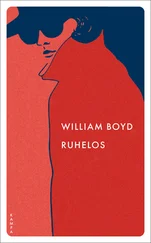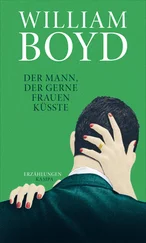1978
Katherine Mansfield(Review of Katherine Mansfield: A Biography by Jeffrey Meyers)
Katherine Mansfield died of tuberculosis on 9 January 1922 at Gurdjieff’s Institute, the Prieuré, near Fontainebleau. D. H. Lawrence commented that it was “a rotten, false, self-conscious place of people playing a sickly stunt” and, having earlier accused her of “stewing” in her illness, he must have seen a singular aptness in her dying there. For in one sense, as this biography makes clear, most of Katherine Mansfield’s life had been composed of sickly stunts of one sort or another.
Born into a prosperous New Zealand family in 1888, she spent her childhood and early adolescence hankering for release, already thinking of herself, according to Meyers, as “an artist who lived in a world of her own.” She felt stifled by the bourgeois philistinism of life in the colonies and left to go to school in London at the age of fourteen. The abandoned country soon became transformed in her imagination — as is common with most exiles — into a land of beauty and innocent childhood pleasure. She returned there briefly in 1907 but from 1908 onward lived in England and Europe. It was a notably unhappy existence too, spent in a succession of drab rented properties and hotels and featuring, among other mishaps, a temporary addiction to Veronal, an abortion, a one-day marriage, lesbian relationships, continual ill-health and, most unfortunately perhaps, marriage to Middleton Murry.
At the centre of any biography of Katherine Mansfield lies her relationship with Middleton Murry, who was at one point, according to the Dictionary of National Biography, “the most hated man of English Letters in the country,” and who described himself as “part snob, part coward, part sentimentalist.” It was a highly unsatisfactory liaison from the start, with Katherine Mansfield having to coax a reluctant Murry into her bed, and its unpropitious beginnings heralded a succession of bitter rows, partings and brief reconciliations. Murry’s subsequent idolization of his dead wife has tended to obscure the picture but Meyers’s careful delineation of the facts makes the nature of the relationship clear. Where Murry is most condemned is not so much in the see-sawing marital strife but in his lukewarm and even callous response to her progressively worsening illness. He was often absent from her during her long periods of attempted convalescence on the Continent and provided skimpy financial support. However, it has to be said that she was not averse to employing her fragile condition to its full dramatic effect. One visitor to the Murry household had this to say:
Katherine was “draped” on a couch (it was one of her not-so-good days) … People stood around, adoring her, talking quietly to her. I was not prepared for this adoration and the whole picture, to my provincial, down-to-earth view, was utterly artificial, all affectation.
One can imagine that after a while the impact and concern the disease aroused in Murry began inevitably to lessen. A similar suspicion of histrionics and melodrama is also evident in her edgy friendships with Virginia Woolf (who once described her, with characteristic acerbity, as “a civet cat got up for street-walking”) and D. H. Lawrence. There were few interludes of contentment in the Murry/Mansfield relationship, which is scarcely surprising considering it was made up of two people with more than their fair share of intense self-absorption and weakness. Lawrence referred to them in a letter as “Two mud worms … playing into each others long mud bellies.”
Meyers places most of the blame on Murry, and it is true that his appalling behaviour after his wife’s death cannot be excused, but they both share an equal guilt for their unhappiness while she was alive. There is an inescapable air of acute self-consciousness about their lives, an artistic pomposity and pretentiousness that allowed Katherine Mansfield quite openly to compare herself with Keats and Chekhov as fellow tuberculosis sufferers, but also, one suspects, thereby elevating herself by association into this select company. This might just be acceptable if the literary output justified it, but the slightness and ephemerality of her talent cannot live up to the role-playing. The narrow restricted worlds of her stories, the absence of plot, the factitious reliance on mood and atmosphere to give brief inconsequential episodes more weight and timelessness, are only partially compensated for by a certain directness of language and sharpness of observation. The mystique surrounding her life and the adulation she has received in countries like France have boosted the reputation of her stories and given them a literary importance far beyond their real merit. The effect has been remarkable. The English short story today still labours under her vapourish influence.
Meyers’s biography goes some way to correct this. It is balanced and thorough and, despite his annoying tendency to ascribe rather glib psychological motives, his assessment is on the whole careful and unemotional. One senses little affection but some pity for his subject, which, overall, seems to have been the reaction of most of the people she encountered in her short and frustrated life.
1979
Toni Morrison(Review of Song of Solomon)
Normally the pretensions of an American novel bear a direct proportion to the number of pages printed. The simple formula being: the thicker the volume the more serious the message contained. What is both striking and gratifying about Song of Solomon is the absence of transatlantic largesse and hyperbole in a novel that clearly sets out to be significant.
Toni Morrison’s well-structured story concerns itself with two generations of a black American family from the 1930s to the 1960s. Macon Dead is a wealthy Chicago landlord eager for bourgeois respectability. But like most façades of middle-class content this one hides the usual catalogue of fear and frustration. Macon’s unorthodox sister Pilate and her own Bohemian household of illegitimate daughter and grandchild stand as a permanent rebuke to Macon’s ambitions. Macon’s son Milkman hovers uncertainly between the two families, attracted by the life in one and the comforts of the other. Milkman’s dilemma is essentially that of the modern black American confronted by the brutal historical circumstances of his presence in the USA and at the same time drawn to the powerful consumer allure of contemporary society. As some kind of a way out he decides to attempt to trace his lineage and the search for his roots becomes — as in Alex Hailey’s book — a quest for his own identity and self-respect.
In a Southern town called Shalimar he discovers the clues to his ancestry in a song the children sing about his great-grandfather Solomon, a near-mythical figure who is reputed to have flown back to Africa. The fulfilment of his search, the new knowledge of the unity and special nature of his heritage coincides with the development of Milkman’s hitherto complacent character and a conformation of values — embodied in his aunt Pilate — he had thought dated and whimsical.
In Song of Solomon Toni Morrison consciously invokes a comparison with The Great Gatsby when she adapts the famous guest-list episode from Jay Gatsby’s party. In the names of the guests Fitzgerald encapsulates an entire society and Toni Morrison uses the device for the same purpose here. At the climax of the novel Milkman sees that the bizarre and colourful names of the black people he knows have real meaning too and bear witness to the past. In fact the lesson of The Great Gatsby can be seen everywhere in this novel. There is the same economy, the same discipline and the same potent manipulation of symbol where Solomon’s magical flight becomes — like the green light at the end of Daisy’s pier — an abiding and passionate metaphor for all kinds of human aspiration.
Читать дальше
